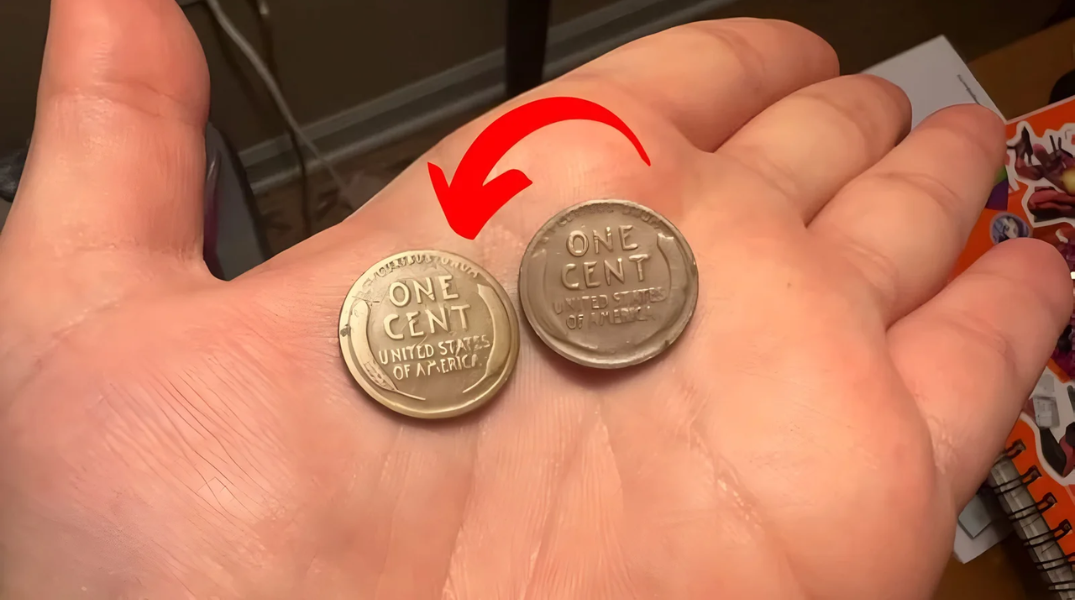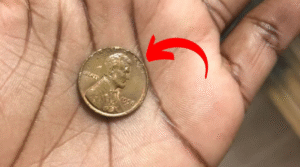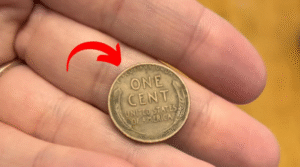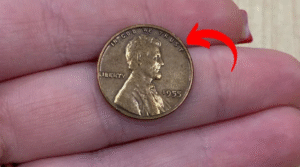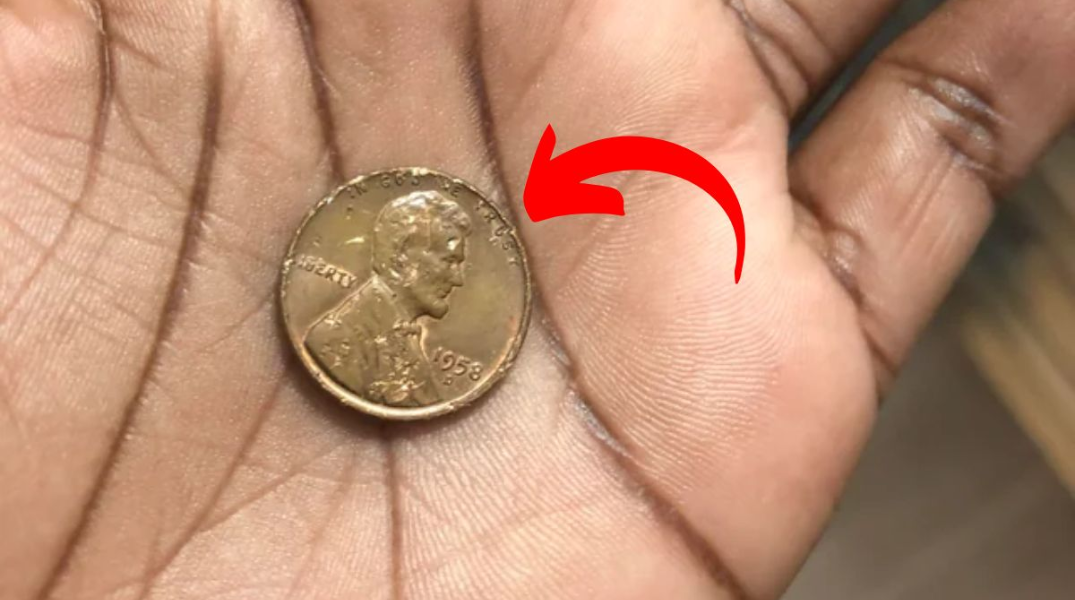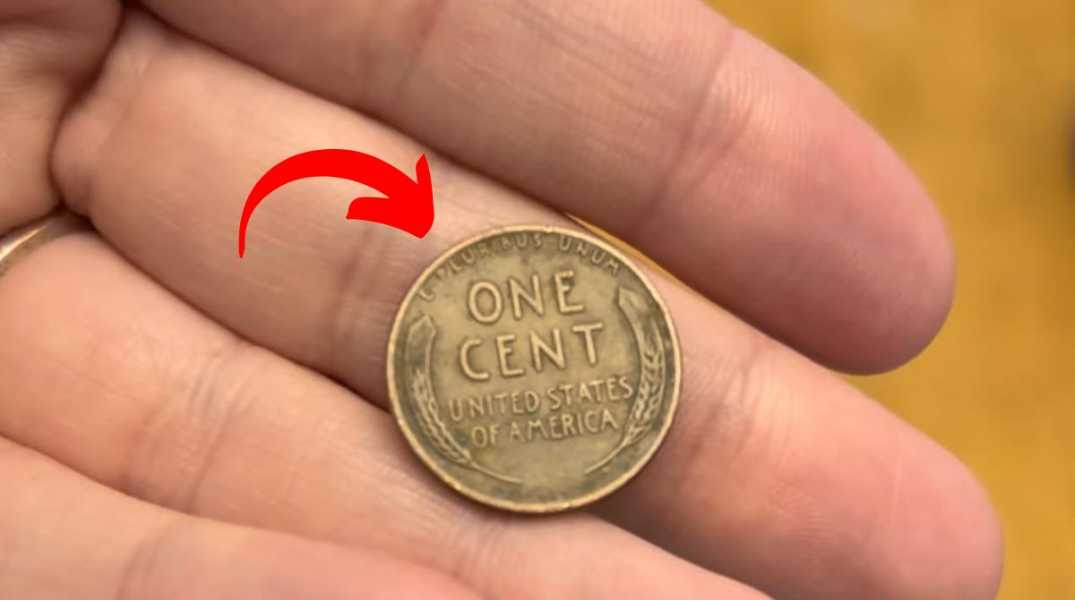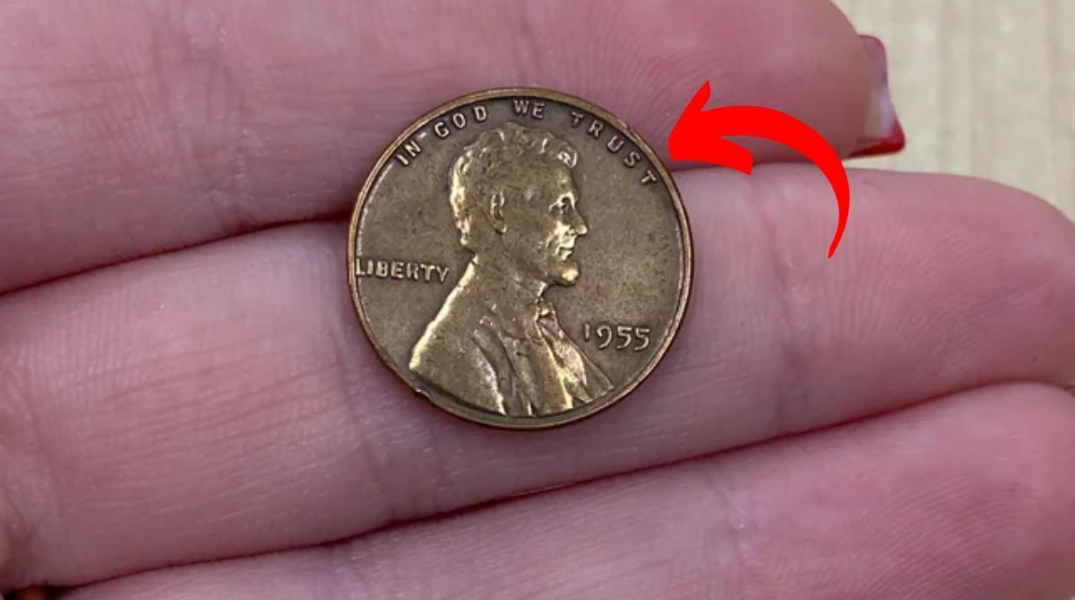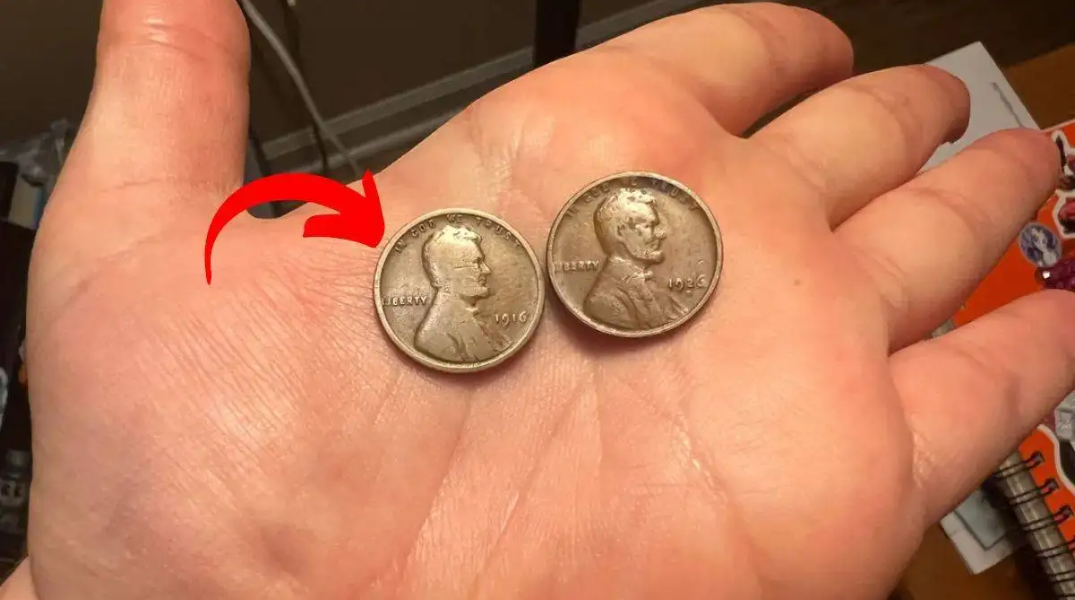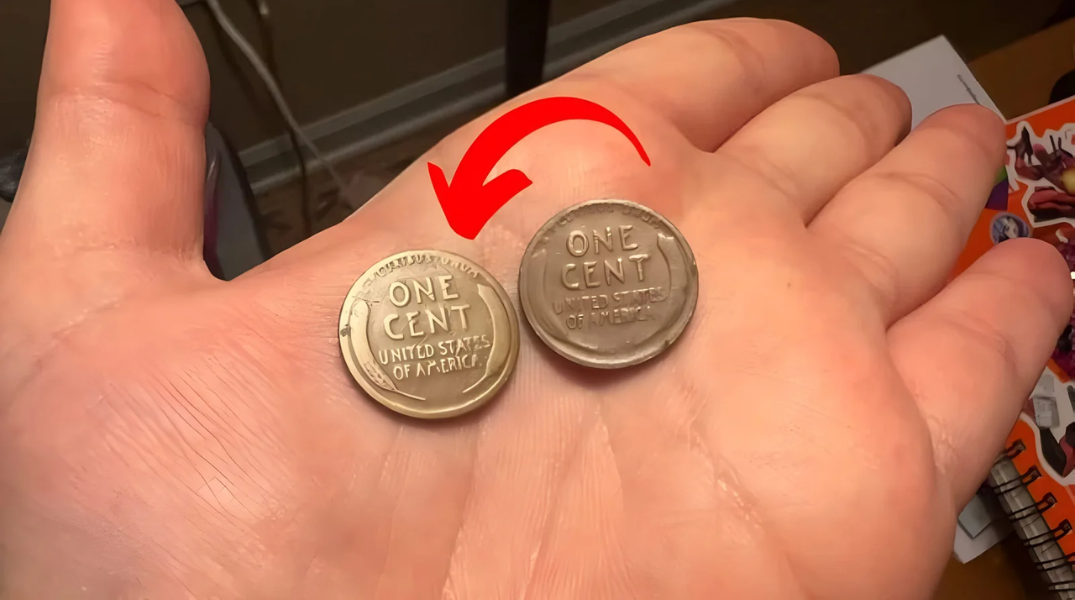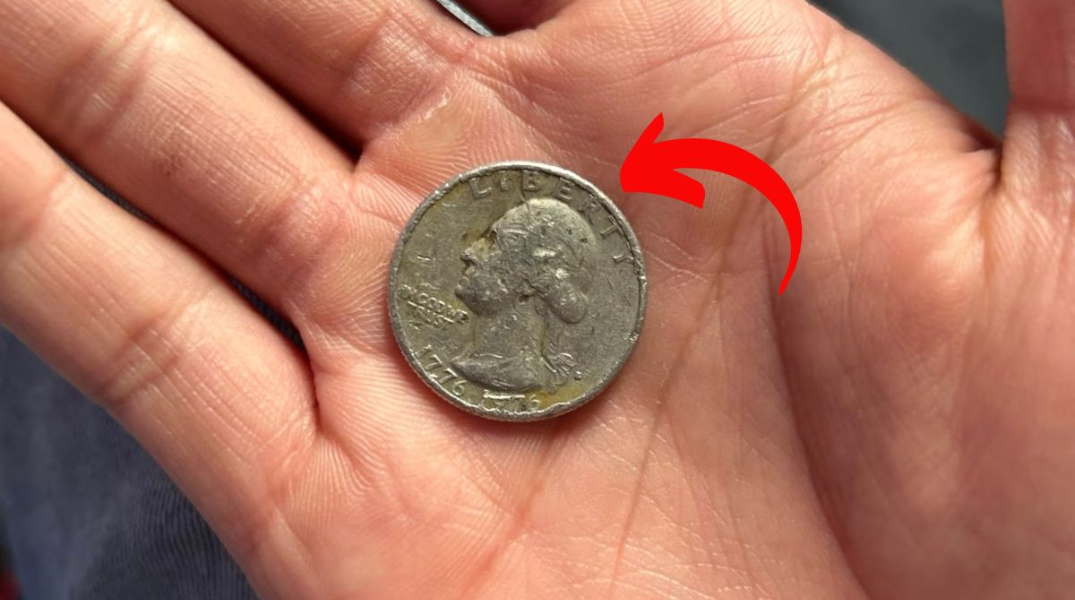The Lincoln Wheat Penny Valued at $4.9 Million – When you think of a penny, chances are you picture a coin so common it’s often left behind in tip jars or forgotten under couch cushions. But what if one of those humble copper coins could be worth more than your house—or even millions of dollars?
That’s exactly what excites collectors and casual hobbyists alike about the Lincoln Wheat Penny, a coin that first appeared in 1909 and has become one of the most iconic and collectible coins in American history.
The Legacy of the Lincoln Wheat Penny
The Lincoln Wheat Penny debuted in 1909 to honor the 100th birthday of President Abraham Lincoln. Designed by Victor David Brenner, it broke new ground as the first regular U.S. coin to depict a real person. The front (obverse) features Lincoln’s profile, while the back (reverse) originally displayed two wheat stalks flanking the words “ONE CENT” and “UNITED STATES OF AMERICA.”
These pennies were minted until 1958 before being replaced by the Lincoln Memorial design. Yet decades later, the Wheat Penny remains legendary—thanks in large part to a few rare specimens that are worth a jaw-dropping amount of money.
The Mythical $4.9 Million Penny: Real or Rumor?
You might have seen viral posts or dramatic headlines about a Lincoln Wheat Penny valued at $4.9 million. While that figure is inflated and not supported by any real auction results, there is truth behind the hype. Some rare varieties of the Lincoln Wheat Penny have indeed sold for well over $1 million, with the most famous example being the 1943 copper penny.
Why the 1943 Copper Penny Is So Valuable
During World War II, the U.S. Mint shifted penny production to zinc-coated steel to conserve copper for the war. However, a few copper planchets from the previous year were accidentally used, resulting in a tiny number of 1943 copper pennies—a major minting error and now a numismatic marvel.
The 1943 copper penny is incredibly rare. Most pennies from that year are steel and will stick to a magnet. Copper ones, on the other hand, do not.
- In 2010, a genuine 1943 copper penny sold at auction for $1.7 million.
- The rarest version, a 1943-D copper penny from the Denver Mint, is considered one-of-a-kind and could fetch more than $2 million.
Other Wheat Pennies Worth Collecting
While the 1943 copper penny gets the spotlight, several other Lincoln Wheat Pennies are prized by collectors:
- 1909-S VDB: Features Brenner’s initials and had a low mintage of only 484,000. High-grade examples can sell for $10,000–$50,000.
- 1914-D: Difficult to find in good condition; values range from a few hundred to several thousand dollars.
- 1922 “No D”: A result of a worn die at the Denver Mint; this error coin can be worth thousands.
- 1955 Doubled Die: Known for its dramatic doubling effect on the date and lettering, this coin is a fan favorite among collectors and can sell for upwards of $15,000.
Think You Found a Rare Penny? Here’s How to Check
Finding one of these rare Lincoln Wheat Pennies might seem like hitting the lottery—but it’s not entirely impossible. Here’s how to determine whether you’ve stumbled upon treasure:
- Magnet test: If you suspect a 1943 copper penny, see if it sticks to a magnet. If it does, it’s steel and common.
- Weigh it: A copper penny weighs about 3.11 grams; steel pennies are lighter at around 2.7 grams.
- Look closely at the date: Some scammers alter the “8” in a 1948 penny to resemble a “3.”
- Get it authenticated: The best way to know what you’ve got is to send it to a third-party grading service like PCGS or NGC.
Where to Look for Hidden Penny Treasures
Although most of these rare coins have likely been scooped up by collectors, there are still stories of people finding valuable coins in:
- Inherited coin collections
- Old piggy banks
- Coin rolls from banks
- Yard sales and flea markets
One Pennsylvania man famously discovered a 1943 copper penny in a high school cafeteria change jar—and it later sold for nearly $1 million.
Why Coin Collecting Still Captures America’s Imagination
In an age of digital payments and crypto, you might think coins have lost their charm. But coin collecting is more popular than ever—because it’s more than just a hobby; it’s a gateway to history, art, and adventure. Every coin is a miniature time capsule, reflecting economic trends, wartime efforts, and design changes over the decades.
Even if you never find a million-dollar penny, the thrill of the search and the stories behind each coin can be richly rewarding.
Frequently Asked Questions (FAQs)
Q: How many 1943 copper pennies are known to exist?
A: It’s estimated that fewer than 20 genuine 1943 copper pennies are known to exist, making them extraordinarily rare.
Q: How can I tell if my Lincoln penny is valuable?
A: Key indicators include the year, mint mark, condition, and whether it has any known errors like doubling or missing mint marks. Consulting a reputable coin dealer or grading service is recommended.
Q: Are all Wheat Pennies valuable?
A: No. Most Wheat Pennies are worth only a few cents unless they’re from a rare year, have errors, or are in exceptional condition.
Q: What does “VDB” stand for on a 1909 penny?
A: “VDB” are the initials of the coin’s designer, Victor David Brenner. Early 1909 pennies with these initials on the reverse are highly collectible.
Q: Can I still find valuable pennies in circulation?
A: While rare, it’s not impossible. Coin roll hunting and checking pocket change can occasionally lead to surprising finds.
Final Thoughts
The Lincoln Wheat Penny proves that extraordinary value can hide in plain sight. While you probably won’t stumble across a $4.9 million coin, the verified multi-million-dollar sales of some specimens are enough to keep dreamers and collectors checking their change every day.
So the next time you’re handed a penny—don’t dismiss it too quickly. That tiny coin could be the key to a fascinating piece of history… or your next great discovery.
